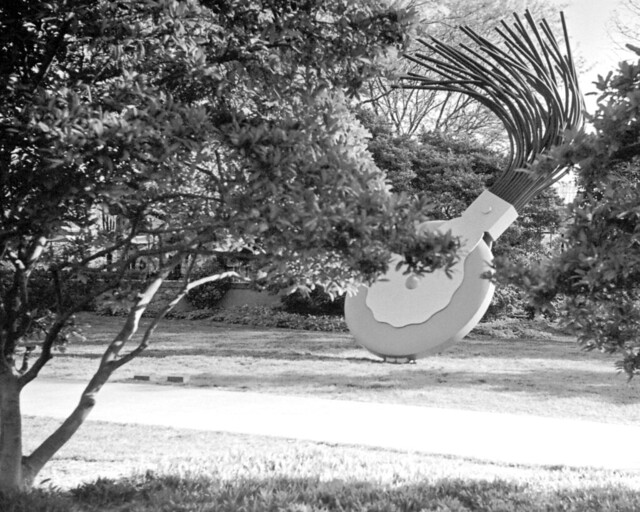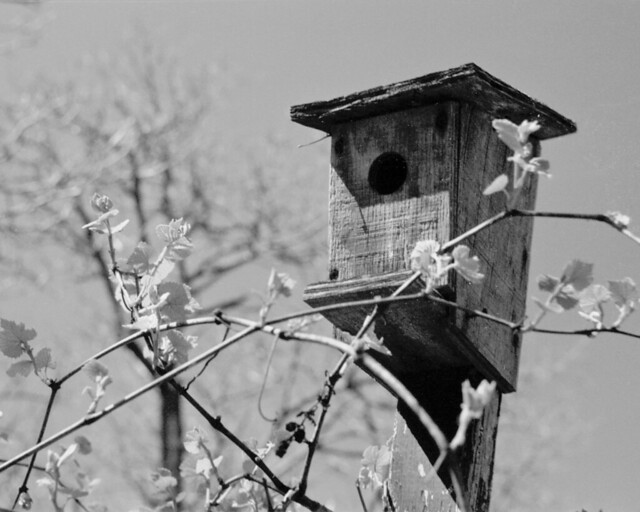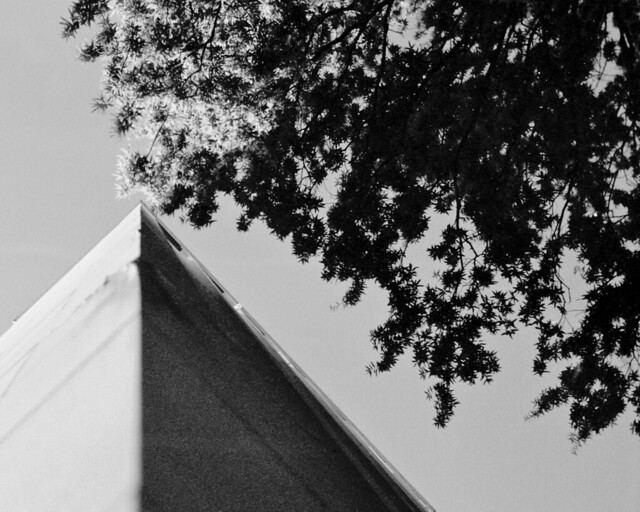The Everyday Barnack

the leica IIIf, seen w/ summitar 50/2, leitz orange filter for summitar, and orako rf contrast filter.
I’ve been regularly rotating through three cameras for my daily walks through DC the past few weeks – in medium format, a Fujifilm GF670 (review forthcoming); and in 135, a Leitz/Minolta CL with MS Optical Perar Super Triplet 35/3.5; and a Leica IIIf BD with Summitar 50/2. The first one is a very modern folding MF rangefinder with an accurate meter and (optional) aperture priority operation. The second is an older rangefinder, with a meter that is likely to be (in my case, guaranteed to be) broken. But, the CL is still modern enough that anyone used to using a rangefinder or SLR (provided they understand RF focusing) from the 60s or newer would be able to operate it without confusion. But as a day-to-day carry, the third camera, the Leica IIIf, is an odd duck indeed.

‘blossoms,’ a photo shot for a friend in the district.
The Leica IIIf has two shutter speed dials, neither of which uses the standard speeds of today. It has a film counter that must be reset manually after swapping out rolls. Its rangefinder is not integrated in its viewfinder, so one focuses and frames through two different windows. Framing lacks parallax correction. Framing is only useful for 50mm lenses without the use of an auxiliary finder. Advancing and rewinding are both done with knobs, not levers. Everything on the top deck is intricately connected – the shutter speed dial spins as the shutter releases, and if you get in its way, your exposure is off. There are no fewer than six arrows on the top deck, guiding you through its use. There is no door for loading, rather the bottom plate pops off and you delicately slide your film (with extra leader cut out ahead of time, and attached to a removable take-up reel) through a thin slit. This is one of the latest of the Barnack style Leicas, cameras that revolutionized photography.

from the national gallery sculpture garden, dc.
Mine was made in 1951, my Summitar lens in 1950. Its body is in great condition (for a user, not necessarily a collector), and its internals have recently been overhauled. So in using it, had the technology behind and ergonomics of cameras not changed significantly over the course of 60 years, one wouldn’t really know the difference. But of course, the reality is that cameras have changed significantly. We now only have one shutter speed dial that doesn’t rotate on its own accord, and follows geometric progressions rather than 1000, 500, 200, 100, 60, 40. We now view tons of information through one single, large, bright viewfinder. We now don’t have to cut our own film leaders or else risk getting shards of film stuck in inaccessible, fragile bits of our camera bodies. So how practical is it, really, to use a 1951 Barnack style Leica as a day-to-day user in 2012?
Many people would argue ‘not very,’ or, ‘are you out of your mind,’ yet demand is still high for Barnacks, and not just from collectors. One of the more infamous internet photo writers describes operating the IIIf as requiring twice as much time to make settings, frustrating the company you’re with. This, to me, is absurd. At the heart of operation, you’re still just setting a shutter speed and aperture, and then focusing. If you’re handholding the camera, you’re probably never going to touch the front (slow) shutter speed dial, so the majority of the time, setting the shutter speed is just as on a more modern body. Focusing and composing requires two windows, but unless you’re leaving your subject centered, the single-window approach really isn’t a major advantage for most shooting. The two windows are right next to one another, unlike older Barnacks, making the transition from focus to framing (or vice versa) quick. One thing that has the potential to slow focusing down is the fact that the rangefinder itself needs to be focused for the most precision. Yet this is a quick throw, and only really needs adjustment for considerable changes in focus range – it’s not a time sink.

‘for the birds,’ shot at a friend’s house.
Still, a Leica M (M2, naturally) with an adaptor, or something like a Canon P is going to be a far less daunting machine to tame. The IIIf still has issues that will slow the photographer down while she’s not actually shooting, such as the loading process, insane by today’s standards. So why even bother with a Barnack? Well, to start, they’re small. Really small. Small presents itself in different ways – a Leitz/Minolta CL is much shorter lengthwise, but taller. But any way you look at it, a Barnack is really rather small. Small often means light, and often leads to sacrifices in build quality. Barnacks are light, but again, not as light as, say, a CL. A very comfortable and well-balanced weight though, unlike pretty much any SLR ever made. Yet, a Barnack feels incredibly solid, as though no structural compromises were made.

the robert a. taft memorial carillon in dc.
So to me, the IIIf is a great day-to-day user camera. It feels nice in the hand, operates quickly when you’re actually shooting it, and has a wonderful 1.5x rangefinder. Other Barnack style Leicas or clones will handle similarly, but as far as a genuine Leica is concerned, the IIIf was the most popular Barnack, and is likely the easiest to get as a user. The IIIg is the object of my lust, with geometric shutter speeds and 90mm framelines in the finder – paired with a Voigtlander 28/35 minifinder, this would be a very versatile body. But, these were made and sold alongside the far more sophisticated M3, and are now considerably more collectible (read: expensive) than IIIfs. Canon’s Barnack clones are interesting in that they have wedded view/rangefinder windows like more modern cameras, if that’s a major issue.
